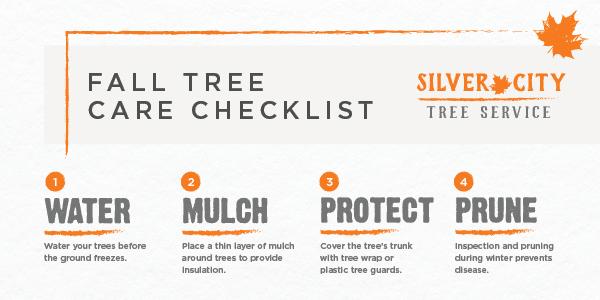Tree Elimination Aftercare: Best Practices For Landscape Healing
Tree Elimination Aftercare: Best Practices For Landscape Healing
Blog Article
Material Author-McMillan Chambers
After a tree's elimination, your landscape might look quite different, and it's vital to assess the after-effects meticulously. You'll wish to review the dirt disruption and examine surrounding plants for any kind of indications of stress. Disregarding these factors can result in bigger issues down the line. So, what should you finish with those stumps and roots? And how do you select the very best plants for your revitalized space? Allow's check out these vital actions.
Assessing the After-effects: Evaluating Your Landscape
After a tree elimination, it's vital to evaluate your landscape to comprehend the impact it carries your backyard.
Beginning by examining the area where the tree stood. Look for indicators of dirt disruption, and inspect the surrounding plants for any tension or damage.
You ought to likewise bear in mind of how the elimination has transformed sunshine direct exposure and air flow in your yard. This change can affect the development of neighboring plants, so it's important to assess their health.
Take into https://how-to-grind-a-stump-with95172.blogdal.com/35741922/the-clear-cut-refine-for-tree-stump-elimination-what-you-need-to-be-informed-about could create an open space that you can revamp.
Finally, think of any kind of potential erosion issues that might arise from the tree's absence. Attending to these elements early will assist bring back equilibrium to your landscape.
Dealing With Stumps and Roots: Alternatives for Elimination
As soon as you have actually analyzed the consequences of the tree removal, you'll likely need to take on the stump and origins left behind.
You have a few alternatives for elimination. One reliable method is stump grinding, where a professional makes use of a maker to grind the stump down to underground degree. This method leaves marginal interruption to your landscape.
If you prefer a do it yourself technique, you can use a mix of excavating and chemical stump eliminators. Just remember, this procedure can take some time and effort.
Alternatively, take into consideration leaving the stump as an all-natural attribute, which can act as an unique yard element or environment for wild animals.
Whatever you choose, attending to the stump and origins is essential for recovering your landscape.
Picking the Right Plants for Your New Area
As you examine your freshly removed area, choosing the right plants can dramatically enhance your landscape's appeal and performance.
Begin by thinking about https://www.berkshireeagle.com/stories/thom-smith-naturewatch-even-a-tropical-storm-cant-take-down-king-elmer,611367 and soil problems. For sunny locations, choose drought-resistant plants like lavender or succulents. In shaded areas, brushes and hostas grow well.
Consider the dimension and development practices of your plants; mix perennials and annuals for seasonal variety. Don't neglect to include native varieties; they need much less upkeep and support regional wild animals.
Team plants in odd numbers for a much more all-natural appearance and develop layers for visual deepness.
Lastly, guarantee you have a mix of shades and appearances to keep your landscape vibrant throughout the periods.
Satisfied growing!
Verdict
To conclude, restoring your landscape after tree elimination is a satisfying process. By analyzing the aftermath, addressing stumps and roots, and picking the right plants, you'll develop a growing atmosphere. Don't fail to remember to incorporate erosion control measures to safeguard your soil. With a little initiative and care, you can change your room right into a dynamic yard that improves your residential property. Accept Pruning Japanese Maple Tree to invigorate your landscape and enjoy the beauty of nature right in your yard!
